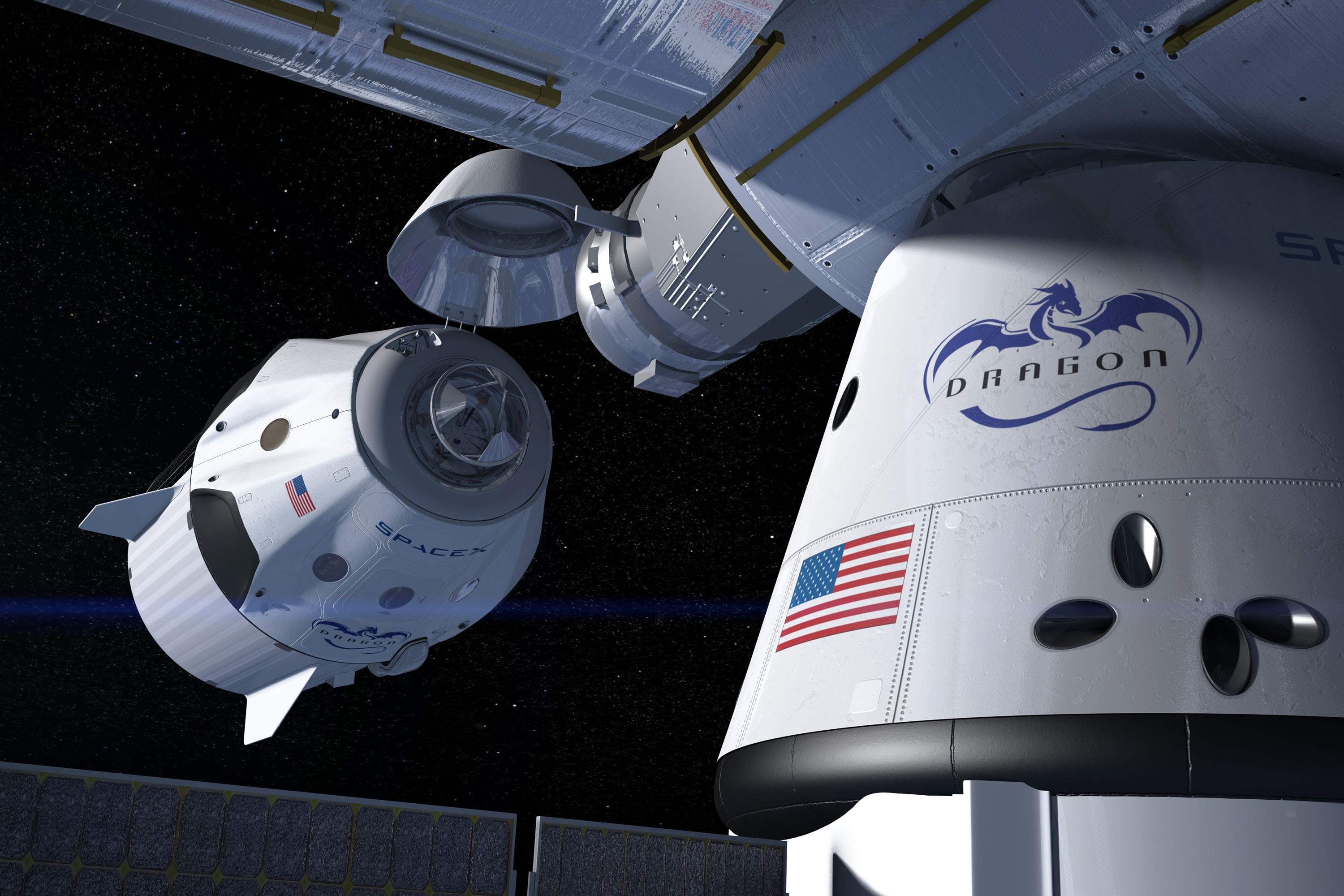Russia and the United Arab Emirates (UAE) on Tuesday signed an intergovernmental agreement on the exploration and use of outer space for peaceful purposes.
The document was signed during the 72nd International Astronautics Congress in Dubai, with the participation of the head of Roscosmos Dmitry Rogozin and the Minister of State for Advanced Technologies of the UAE, Chair of the Space Agency, Sarah Al Amiri.
“If we talk about specific areas of our work, we have several interesting areas, for example, in terms of manned cosmonautics; we are ready to train your representatives for a long professional flight,” Rogozin said before signing the agreement.

He recalled that it was in Russia that the first UAE astronauts, Hazza Al Mansouri and Sultan AlNeyadi, were trained. In October 2019, Al Mansouri went to the International Space Station for eight days on the Russian Soyuz spacecraft.
According to Roscosmos, the agreement will allow the countries to develop mutually beneficial cooperation in the following high-tech areas of space activities: satellite navigation, remote sensing of the earth, monitoring of outer space, satellite telecommunications and communications, creation of space equipment, scientific research in outer space, and crewed spaceflights, the state corporation’s website notes.
SPACEX-X
Elon Musk’s SpaceX company has upgraded the toilet system on the Crew Dragon spacecraft after running into several problems during previous launches, media reported.
During the flight of the space mission Inspiration4 in September, the toilet system malfunctioned. According to Bill Gerstenmaier, SpaceX engineer and vice president of build and flight reliability, a hose on the Crew Dragon spacecraft became disconnected and fluid entered the ventilation system. When the spacecraft arrived on Earth, engineers examined its condition.

Astronauts recorded a similar problem on the Crew-2 mission capsule, which is supposed to return to Earth in November. According to the portal, officials asked the astronauts to limit their use of the Dragon toilet after leaving the station.
“For Crew-3, we’ve fixed this problem in the tank by essentially making it an all-welded structure with no longer a joint in there that can come unglued and become disconnected,” the Spaceflight.now portal quoted Gerstenmaier as saying on Monday.
He added that the company provided all necessary information on design changes to NASA engineers, studying the modification. According to Gerstenmaier, two technical problems have a “good path to closure” in time for the launch of a new Crew Dragon flight on October 31.
Experts are also studying the ways in which malfunctions can lead to corrosion in the construction of the Crew Dragon capsule. According to Gerstenmaier, “extensive tests” have already been carried out.
Crew-3 was formed in May and included NASA astronaut Tom Marshburn, commander Raja Chari, mission specialist Kayla Barron, and German astronaut Matthias Maurer. The Crew Dragon is scheduled to be launched on October 31. The members of the mission are expected to spend about six months on the International Space Station.
The crew named their mission Endurance. This will be the first flight for the Crew Dragon capsule and the second launch for the Falcon 9’s recycled first stage booster, which is expected to be used during the flight.
- Via Sputnik News Agency
- Follow EurAsian Times on Google News




